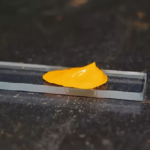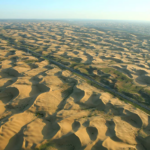Everyone knows how beautifully, respectable and status buildings and buildings trimmed with stone look like. The stone gives the beauty of nature that cannot be found anywhere else. It is he who decorates everyday life, and also has durability and practicality.
Of course, when there is a choice between natural material and artificial, we choose the surface finish with natural stone. In this article, we will touch on the topic of cladding of the base with such a natural raw material that can decorate our house and even turn it into a luxurious dwelling. To understand how work is carried out and nothing to miss, you need to affect all stages and start with the preparation of surfaces. The final step will be the application of the coating.
The cladding of the basement with a stone begins with the fact that we determine the quantity, color and thickness of natural raw materials, which we will acquire in advance. Suppose the quantity will not cause any difficulties, we will count everything taking into account the surface, take 10% for fitting, and then take the color and choose the thickness. The last two points, as a rule, are able to cause complications.
The color of natural stone must be chosen so that it suits the entire color scheme of the building and a residential object. This is done so that the finished building resembles a single complex is filled with harmony and beauty. If you choose a brown roof, then the cladding of the basement will be held by natural sandstone with a red tint, for example. Such a stone has a color of natural tile. But a stone is not a simple raw material, it has its own species and types. Depending on these criteria, the price will fluctuate. The cheapest and most common can be considered a gray stone, but red, blue or green with a tint will be much higher in price.
It is important to take into account the thickness of the stone. The thinner, the cheaper all this will be. Often for facing with natural stone, gray-yellow material with a thickness of 15-20 mm is used. He needs a special cement mortar, which is also prepared in advance. As soon as you take care of all materials, you can start preparing the surface where the raw materials will be laid. Next, all the influx of cement mortar, the protruding parts of concrete material, and the irregularity of the formwork are removed. Everything is primed, clings and processes with a special roller and brush.
Then pieces of stone are selected so that there is a flat end side and a cement solution is applied to the surface, on which all the stones are folded next to each other. If you are not against additional costs, then you can buy clutch substances, but if you do everything right, they are unlikely to be needed.





